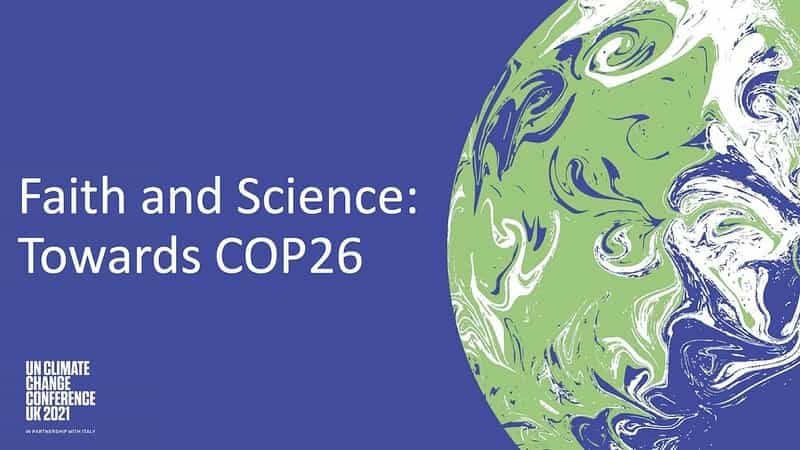COP 26
The UN Climate Change Conference, known as COP 26 starts on October 31,2021 in Glasgow, Scotland.
Here is what the World and the US is searching for regarding the UN Climate Change Conference.
Top questions on UN Climate Change:
What are the objectives of COP 26?
Bringing together representatives from 196 countries, it aims to take stock of the Paris Agreement, signed in 2015, and to propose solutions aimed at limiting global warming to 1.5 °C (34,7 °F) by 2050.
Among the fundamental objectives is also the end of dependence on coal, the gradual elimination of fossil fuels, the end of investments in the gray or brown economy. COP 26 thus represents an opportunity for major change in economic, political and social terms, in order to face climate challenges.
When is COP26?
From October 31 to November 12, 2021.
What does COP26 stand for?
Conference of the Parties
How long is COP26?
12 days
Where is COP26?
Location: Scottish Event Campus, Glasgow, United Kingdom
What is COP26?
This is the 26th Conference of the Parties. Since 1995, this summit has brought together every year the signatory states of the United Nations Framework Convention on Climate Change (UNFCCC).
In 2021, COP26 is being held in Glasgow (United Kingdom), from October 31 to November 12, after being postponed for a year due to the health crisis. More than 190 world leaders are expected. Tens of thousands of representatives of governments, cities, regions and non-state actors (companies, investors, NGOs, etc.) will also take part in these two weeks of negotiations.
The COP, or “Conference of parties”
The “Parties” are the 197 signatories (196 States and the European Union) to the UNFCCC (United Nations Framework Convention on Climate Change). They meet annually under the auspices of the United Nations. Since 1988, they have had a scientific body, the Intergovernmental Panel on Climate Change (IPCC).
Why is it decisive in this climate change?
As the last report of the Intergovernmental Panel on Climate Change (IPCC) published in August 2021 reminds us, the world is not on the right track to stay below 2 °C or even 1.5 °C global warming compared to the pre-industrial era, a long-term goal of the Paris Agreement.
To reverse this trend, scientists stress the need to halve global greenhouse gas emissions over the next ten years. By COP26, countries must announce their new targets for reducing greenhouse gas emissions.
Focus on the latest IPCC report (August 2021, first part of the 6th assessment report)
The result of the international collaboration of more than 250 scientists from around 60 countries, this report presents the current state of the climate as well as new global and regional climate projections. And the finding is alarming: the rise in global temperature has further accentuated, at a rate that will most likely exceed the 1.5 ° C threshold of warming since the pre-industrial era between 2021 and 2040.
What has happened since COP21?
It was on December 12, 2015, during COP21, that the Paris Agreement was adopted. It sets the goal of keeping global warming below 2 °C (35,6 °F) and if possible 1.5 °C (34,7 °F), compared to the pre-industrial era. It is also the Paris Agreement that establishes the goals that countries set for reducing their GHG emissions, that is, nationally determined contributions (NDCs). Before COP21, each country had to present its efforts to reduce greenhouse gas emissions. The text provides for an upward revision of these national contributions every five years.
In 2016, France and the European Union ratified the agreement, which enters into force on November 4. It has since been ratified by 192 countries (Turkey is the last country to ratify in 2021).
In December 2018, the Katowice climate package adopted at COP24 in Poland put in place common and detailed rules, procedures and guidelines to implement the Paris Agreement.
In December 2020, the EU revised and strengthened its NDC, which goes to at least 55% reduction in GHG emissions by 2030 compared to 1990. It also committed to climate neutrality by 2050 from 2019.
What are the main challenges of COP26?
COP 26 must respond to four major challenges:
1 / Raise the climate ambition. States that have not yet committed must announce their new climate ambition, by updating nationally determined contributions and publishing long-term strategies for 2050.
2 / Finalize the rules for applying the Paris Agreement. Article 6 of the Paris Agreement provides mechanisms for countries to trade emission reductions in order to achieve their NDC. A decision by the international community must be taken for these mechanisms to become operational.
3 / Mobilize climate finance. Developed countries have pledged to mobilize $ 100 billion in favor of developing countries for each year from 2020 to 2025. But the account is not there, and disputes persist on climate finance.
4 / Strengthen the Action Agenda. The Paris Agreement encourages states to cooperate with non-state actors within an “agenda for action” bringing together multiple initiatives by broad business sector, such as the international solar alliance.
A decisive conference
The 26th Conference of the Parties, or COP 26, is being held in Glasgow, UK, from October 31 to November 12, 2021, after being postponed for a year due to the health crisis. More than 190 world leaders are expected. Tens of thousands of representatives of governments, cities, regions and non-state actors (companies, investors, NGOs, etc.) will also take part in these two weeks of negotiations.
This conference is decisive because, as the last report of the Intergovernmental Panel on Climate Change (IPCC) published in August 2021 reminds us, the world is not on the right track to stay below 2 °C. or even 1.5 °C of global warming compared to the pre-industrial era, the long-term objective of the Paris Agreement.
To reverse this trend, scientists stress the need to halve global greenhouse gas emissions over the next ten years. At COP26, countries must announce their new greenhouse gas emission reduction targets.
Sources: PinterPandai, Climate Change, United Nations (UN), BBC
Photo credit: UK in Holy See / Flickr



